All She Wants to do is Dance
Permanent link
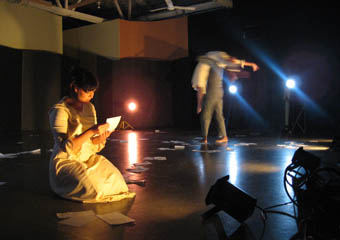
Amy Williams, Niki Wilk, and Kareem Dixon in Michael Sherman's "The Letter"
There was an extended pause in the conversation when I asked my husband, Joe, if he would like to join me at a dance performance last Saturday night. I have dragged my poor jock husband to countless musicals and plays, but never to a dance show. I could see the images swirling through his brain – scantily clad men slithering on the floor in a bizarre interpretive dance – and braced myself for the “no.”
It never came. Always the trooper (no pun intended), Joe tagged along to Innervation Dance Cooperative’s 2008 fall concert, Nothing in Common, at The Galaxie in Logan Square.
Much to Joe’s – and my – delight, Innervation’s roots are based in both dance and theater, so even we dance novices were able to follow and appreciate the stories told in each of the 10 dances. The company was founded in 1998 by Michael Sherman as Irreverence Dance + Theater, and the focus of the contemporary dance company was on storytelling. The group has evolved into a cooperative led by nine volunteers with diverse backgrounds including ballet, dance team and modern.
“That is one of the coolest parts about Innervation,” says Rachel Zanders, one of the nine members of the co-op. “It makes for a varied aesthetic. It’s cohesive, but still interesting.”
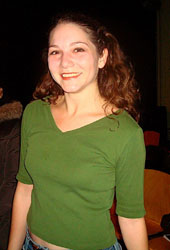
Rachel Zanders quit her day job and brings dance to the people
Rachel is a classically trained ballerina, donning her first pair of ballet slippers at age 2 and later spending as much time outside of school as she could at the studio. While she majored in Comparative Literature at Haverford College, she minored in dance and kept it a central focus in her life. After college, she left a job at a publishing company because it didn’t allow her the time for dance.
Now working as a freelance writer/editor/proofreader (“whatever people will hire me to do with words,” she says), Rachel dedicates a large amount of her time to Innervation. Leading up to the performance we saw, the company rehearsed three nights a week practicing 10 pieces, unconnected by any common theme, hence the title of the show.
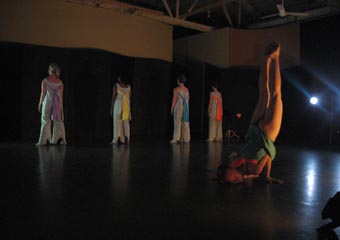
Julie Haller, Diana Stewart, Sandy Donahue, Mandy Work, and Shayna Bjerke in Elisa Carlson's "Club"
Much of the music and dancing evoked emotional responses in Joe and me, particularly numbers like The Letter, choreographed by Michael Sherman, a story of wartime loss through the eyes of a military wife, and Dark Dreams, choreographed by Shayna Bjerke, which was like watching a live version of our childhood nightmares. Pieces like Crooked, choreographed by Mandy Work, and over (and over), choreographed by Amy Williams, were joyous and just plain fun to watch.
The company’s latest project is re-mounting a dance version of the classic play Everyman, which they have set to the music of Led Zeppelin. Their goal is to bring the production to Chicago Public Schools along with a study guide that teachers can use to introduce the show to students and prepare them for what they’re going to see.
“I really like being able to associate the arts with things students are learning in school, and make [dance] something that applies to them as opposed to something that people just do for entertainment,” says Rachel. “It’s something that actually pertains to them in their lives, and to all of us in our lives. We want to be sure to give them the opportunity to be exposed to the arts.”
With Nothing in Common behind them, the company is busy planning its next production, which they hope will be staged in a “real” theater (The Galaxie is a very cold studio space – I wore gloves the whole time, and Joe complained of losing all sensation in his butt). While they make their plans, I’m busy trying to come up with a new art form that I can introduce to Joe. He took so well to the musicals and the dancing that I have high hopes that we can enjoy an opera together some day.


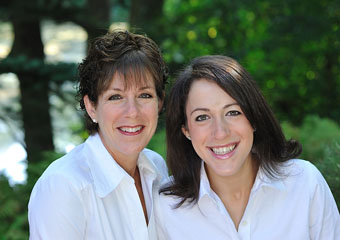
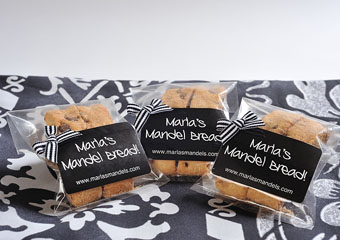

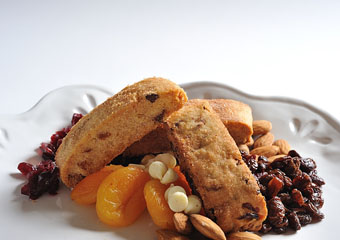
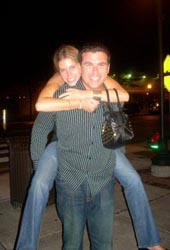
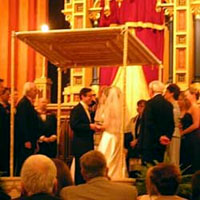
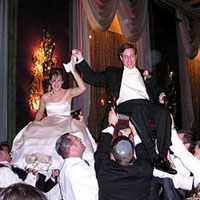
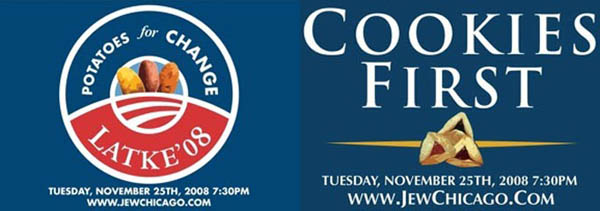

.jpg)



